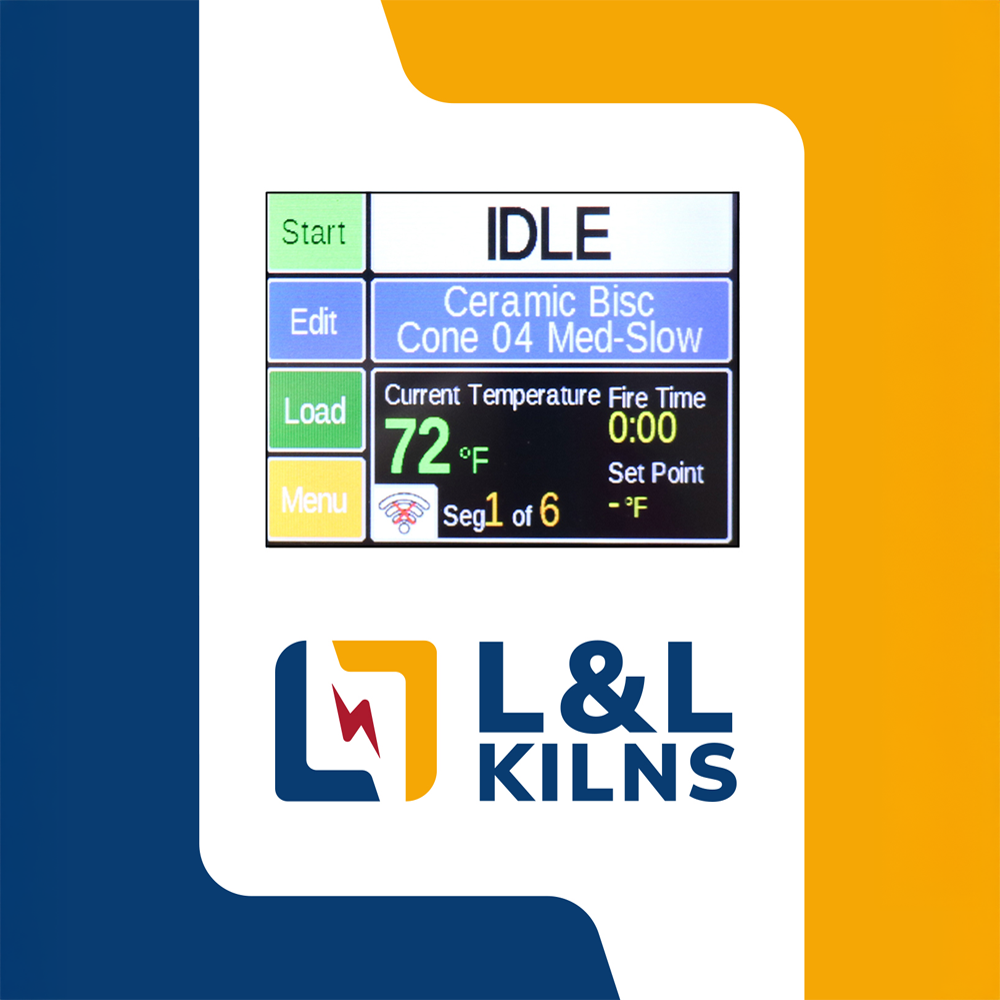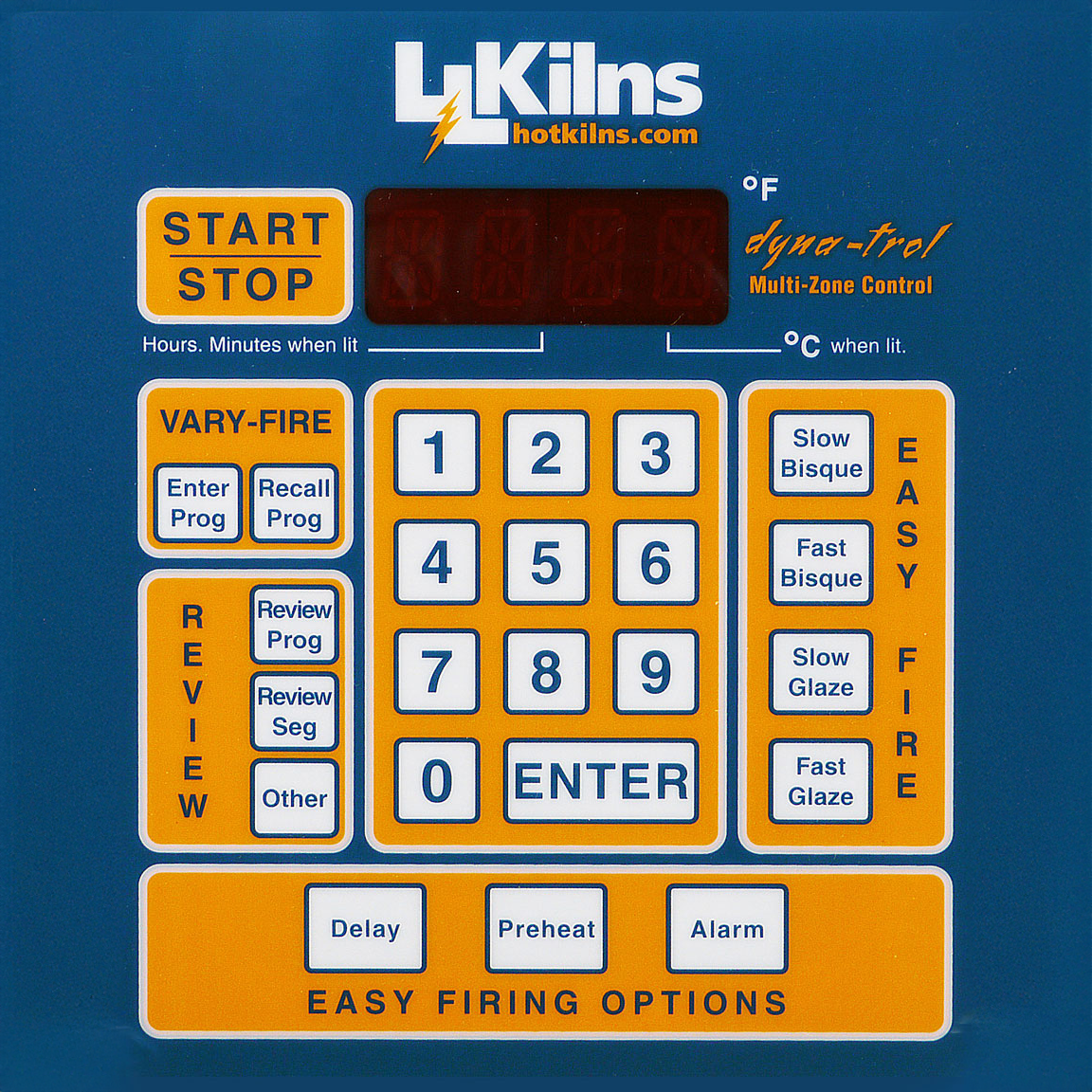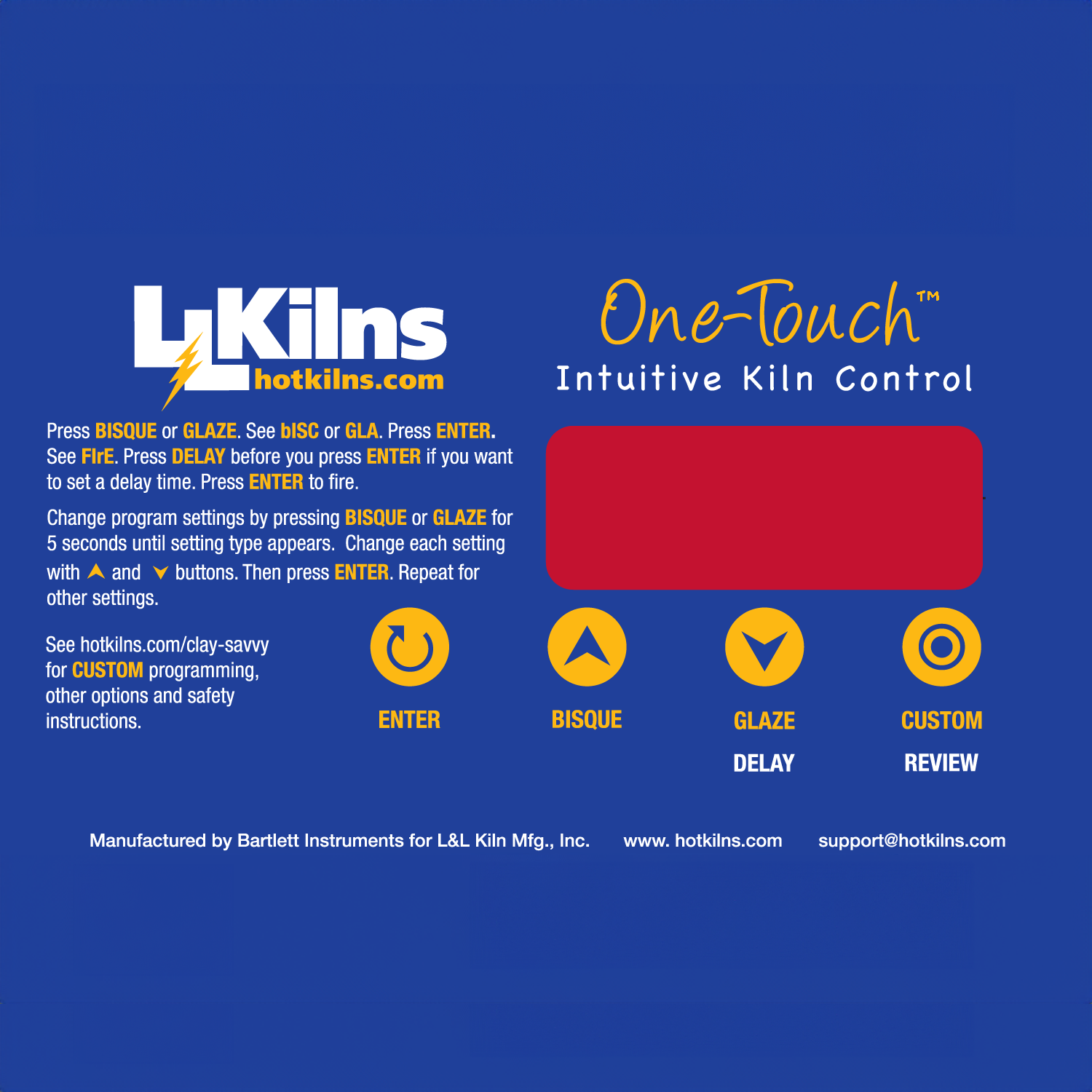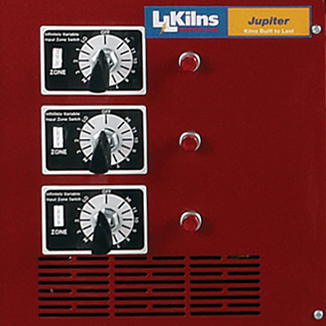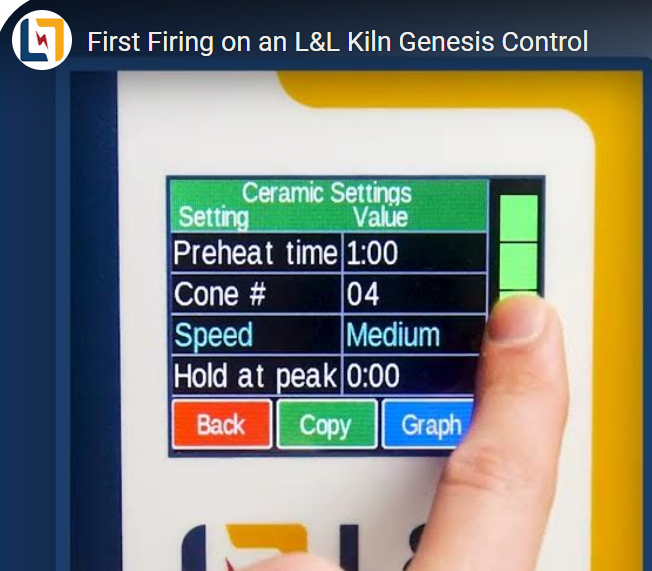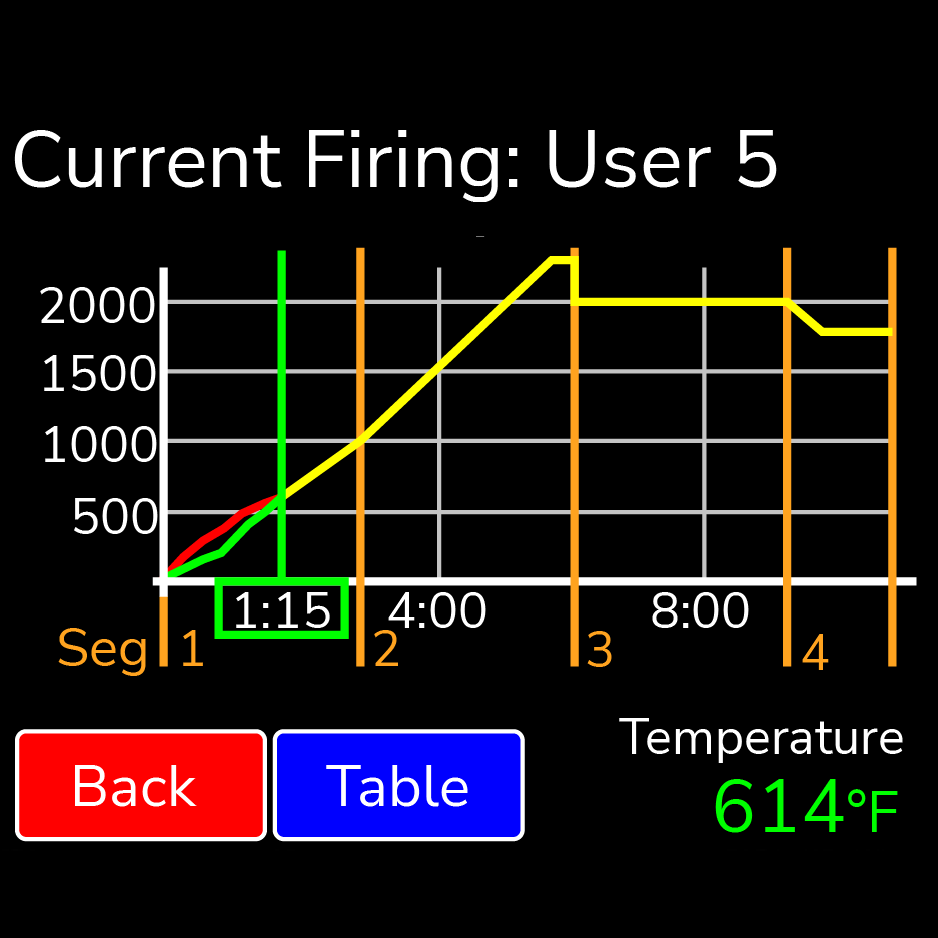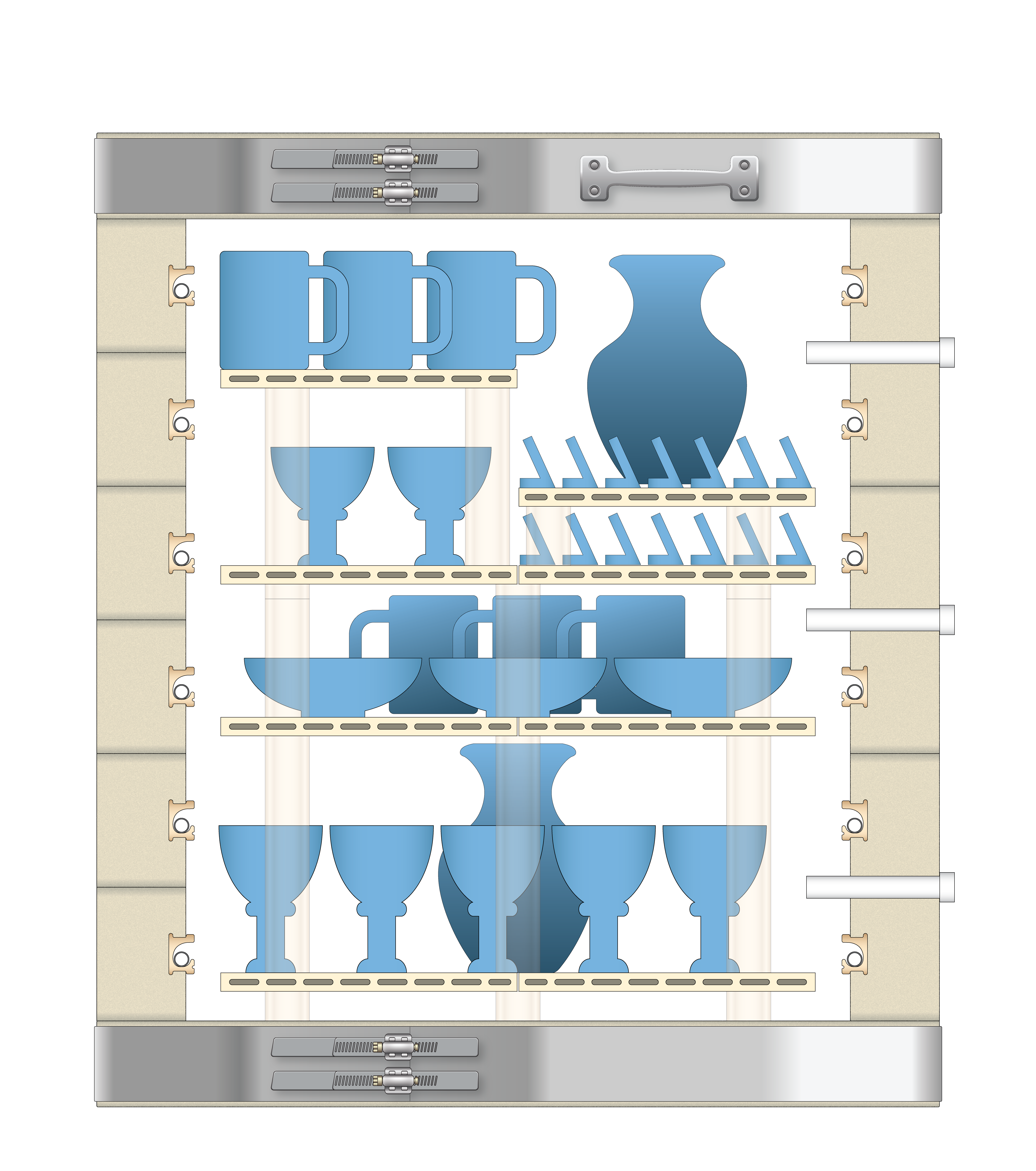
Shelf Placement
NOTE: These are guidelines to get the best results, but you'll want to experiment with what works best for your pottery.
Bottom Shelf: Place on 1/2" posts—never directly on the kiln floor. For heavy loads, use extra posts to distribute the weight across the brick.
First Shelf Up: Should be above the lowest thermocouple in a multi-zone kiln. This helps prevent cooler firing near the floor.
Thermocouple Clearance: Keep shelves at least 1" above or below thermocouples for better accuracy.
Middle Shelves: Can be placed closer together for short pieces and tiles.
Half Shelves: Can be staggered to fit pieces of various sizes.
Top Shelf: Should be below the highest thermocouple in a multi-zone kiln. This helps prevent cooler firing near the top. A half shelf can be above the top thermocouple, so long as it is on the opposite side of the kiln.
Post Placement
Location: Position posts 1" in from the shelf edge—not directly at the edge. This helps the shelves stay level over time.
Quantity: Support each shelf with just 3 posts to prevent wobbling; add more underneath heavy loads.
Alignment: Stack posts directly above those below. All posts should align vertically.
Shared Posts: Adjacent half shelves at the same height can share posts where they meet.
Stacking: Combine different post lengths (e.g., 4" + 2") to achieve desired shelf height.
Loading Pottery
Kiln Wash: Always use kiln-washed shelves for glaze firings.
Item Placement:
Put tall pieces in the center and shorter ones near the edges to promote even heating.
Maintain 1" clearance around thermocouples.
Avoid overhanging the shelf edges during glaze firings to prevent glaze drips and getting too close to the kiln walls.
Large Flat Pieces: Angle broad surfaces away from the thermocouples to prevent reflected heat.
Lid Clearance: Keep at least ½" space between the tallest piece and the kiln lid.
Spacing Rules:
Greenware (bisque): Can touch other pieces.
Glazed ware: Needs at least ¼" between pieces—more if your clay body expands significantly.


